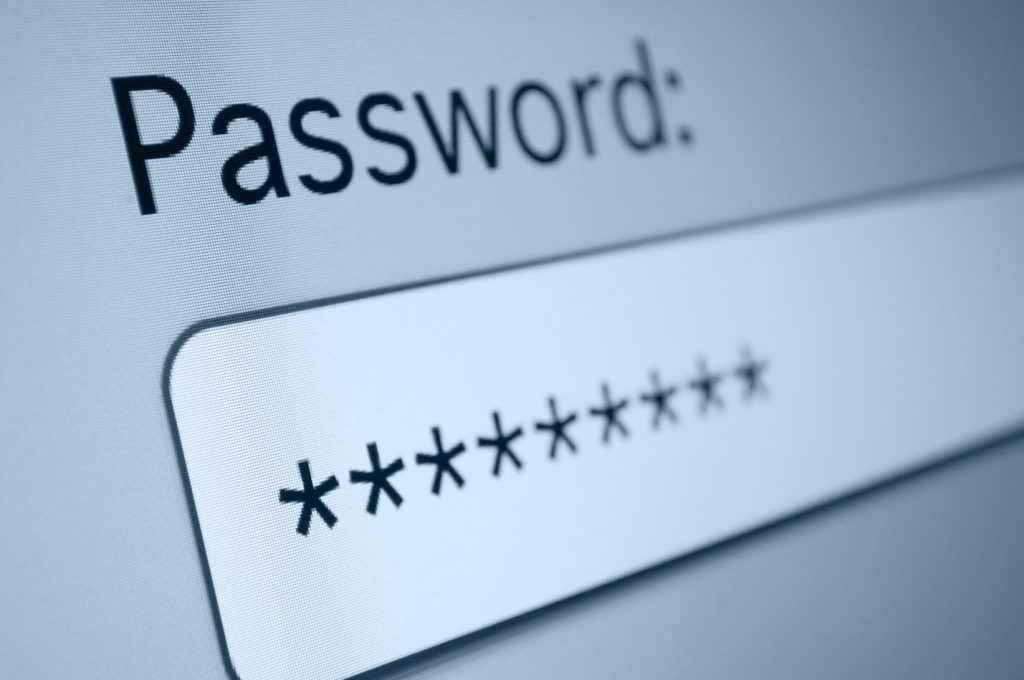What Does it Mean To Go Passwordless? Just Ask Microsoft

Passwords have long been a staple against security threats, but the password could soon be a thing of the past. Microsoft is advancing toward this new concept, but what does it mean for your business? Let’s look and see what going “passwordless” can mean for an account’s security. How Does Passwordless Even Work? Passwords were […]
It’s Time to Revisit Your Password Best Practices

When a hacker tries to access one of your accounts, the first challenge they must overcome is the password. This is why industry professionals always encourage you to create them with security in mind. The latest guidelines issued by the National Institute of Standards and Technology, or NIST, are not quite conventional or traditional, but […]
Take Charge of Security With Two-Factor Authentication

As attacks by hackers become all too common, it is increasingly important to ensure that accounts and passwords are protected. Two-factor authentication (2FA) provides an extra level of protection to accounts and is an important security option that all companies should consider. If you have questions or would like to learn more, AE Technology Group […]

